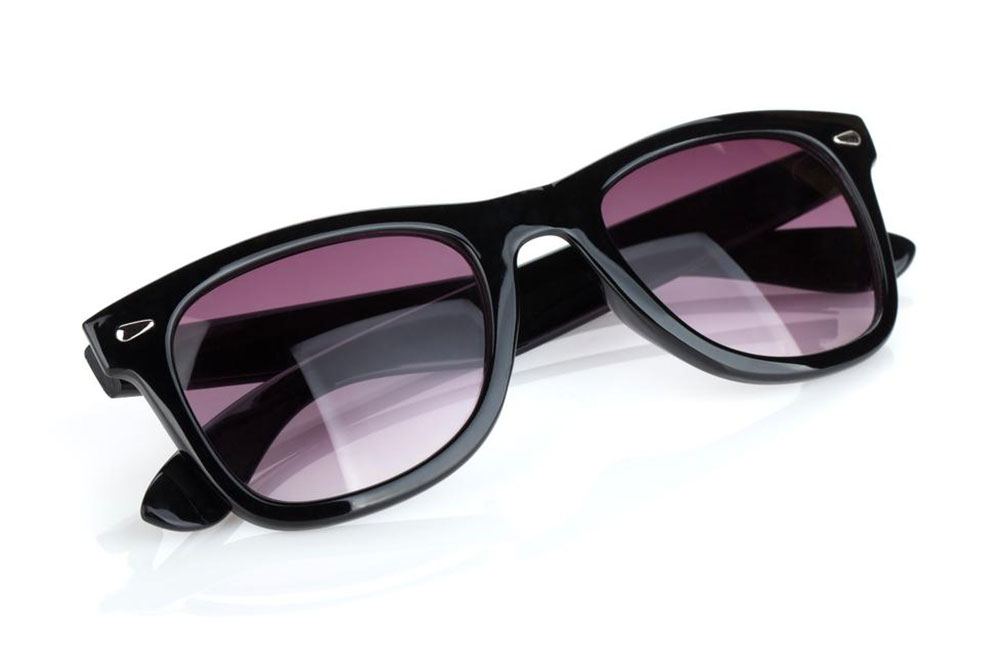Top 4 FAQs About Polarized Eyewear
Discover essential insights about polarized sunglasses, including their benefits, types, and key factors to consider when selecting the right pair. This guide helps you make informed choices for eye protection and style across seasons.

Top 4 FAQs About Polarized Eyewear
Whether during summer or autumn, sunglasses are essential accessories for all seasons. They not only elevate your style but also safeguard your eyes from harm. But how do you choose the right pair among many options? Here, we answer common questions about polarized sunglasses.
What exactly are polarized sunglasses?
Polarized sunglasses protect your eyes from glare caused by sunlight reflecting off surfaces like water, land, or metal objects such as vehicles. This glare reduction occurs because a special vertical filter allows vertical light waves to pass through while blocking horizontal, reflected light waves.
Are polarized sunglasses a worthwhile investment?
Deciding whether polarized sunglasses are beneficial depends on individual needs and activities. They significantly reduce glare, which can impair depth perception, cause temporary blindness, distort colors, and affect overall vision quality.
What kinds of polarized sunglasses are available?
Polarized sunglasses come in two main types based on lens quality and polarization film. Premium options feature optical-grade lenses with high-quality polarized films sandwiched inside, often coated with anti-reflective layers. Budget options may lack these features and are more prone to scratches.
Key factors to consider when choosing sunglasses
When selecting sunglasses, focus on four main elements: lens tint, UV protection, glare reduction, and frame design. The tint shields your eyes from reflective light, with different colors suited for various environments. UV protection guards against harmful rays. Glare protection minimizes eye strain from reflective surfaces, while frame size influences how much unfiltered light enters your eyes—the smaller the frame, the more light gets through.










